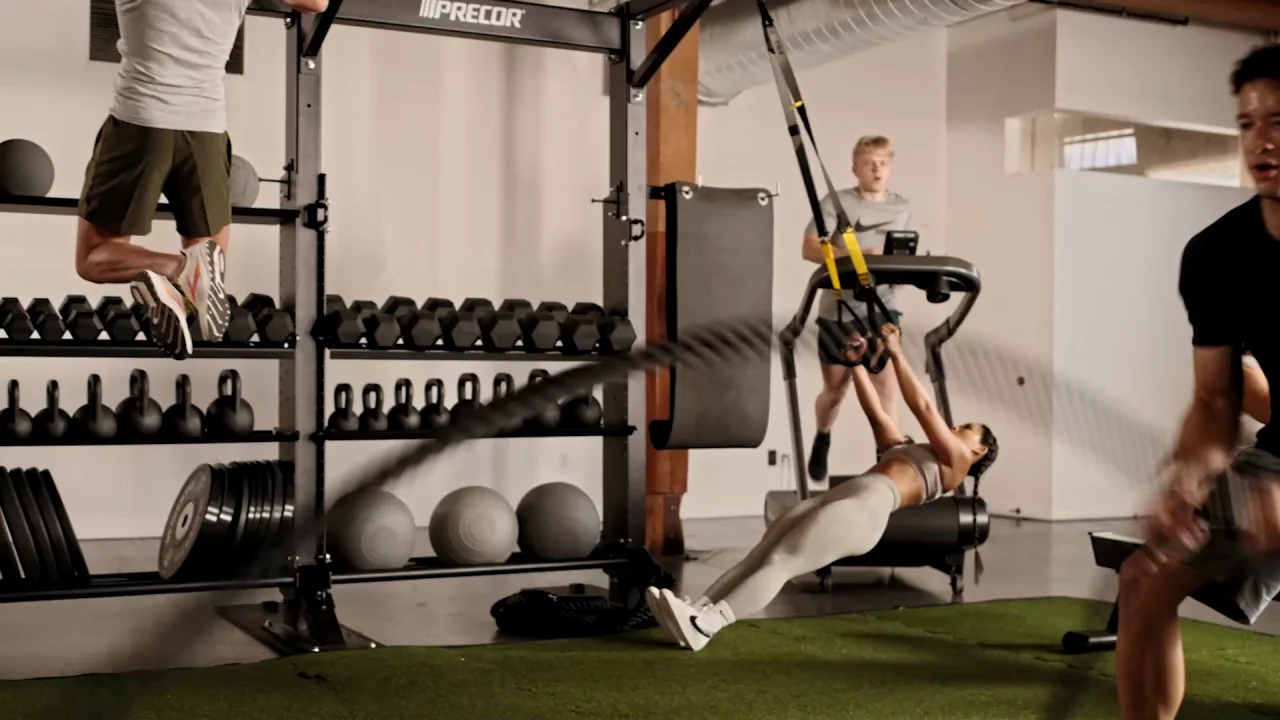Functional Fitness vs Traditional Lifting: Choose the Right Fit

Understanding Functional Fitness
Functional fitness focuses on movements that enhance your ability to perform daily tasks. This workout method uses multi-joint exercises such as squats, lunges, and push-ups. The goal is to improve your strength, coordination, balance, and flexibility in real-world scenarios.
Functional fitness can be particularly beneficial for people of all ages as it mimics activities you perform in your everyday life, such as bending, reaching, pulling, and lifting.
Benefits of Functional Fitness
Improves Daily Activity Performance
Functional exercises enhance your core stability and improve your body's natural movements. This can make everyday tasks, like picking up groceries or playing with your kids, easier and less taxing.
Reduces Risk of Injury
By focusing on movements that your body naturally performs, functional fitness helps build strong muscles and joints. This can lead to a reduced risk of injuries both during workouts and in the course of daily activities.
Offers Full-Body Workout
Functional fitness routines often engage multiple muscle groups at once, providing a comprehensive workout that saves time and increase efficiency.
Exploring Traditional Lifting
Traditional lifting targets specific muscles or muscle groups through the use of weights and machines. This training style is focused on building muscle mass and strength by isolating specific areas, such as bicep curls or leg press.
Benefits of Traditional Lifting
Increases Muscle Mass and Strength
If your goal is to increase muscle size and strength, traditional lifting is an effective way to achieve it. By progressively increasing the weight, traditional lifting helps in building muscular hypertrophy and boosting strength.
Improves Bone Density
Weightlifting places controlled stress on your bones, stimulating them to improve in density and strength, which is crucial for long-term bone health.
Enhances Metabolism
Traditional lifting builds muscle, which can increase your basal metabolic rate (BMR), helping you burn more calories even when at rest.
Which Is Right for You?
Choosing between functional fitness and traditional lifting depends largely on your personal goals, lifestyle, and preferences. Here's a quick guide to help you decide:
- If you want to improve daily functionality and reduce the risk of injury, especially if you're older or new to exercise, consider functional fitness.
- If building muscle mass and increasing strength is your primary goal, and you enjoy gym workouts, go for traditional lifting.
- For a balanced approach, you can integrate both methods for comprehensive fitness benefits.
Ultimately, both types of training have their place in a well-rounded fitness program, and neither is inherently superior to the other. Consider your fitness goals, personal enjoyment, and lifestyle when making your choice.
Designing Your Workout Plan
Once you’ve decided on the right approach, it's essential to design a workout plan that aligns with your goals:
- Consult a Professional: Whether you choose functional fitness or traditional lifting, consulting with a fitness professional can help tailor a routine that's safe and effective for your needs.
- Adapt as Needed: As you progress, your fitness needs will change. Be open to reevaluating your routine and incorporating new elements.
- Stay Consistent: Remember that consistency is key to achieving your fitness goals. Regularly commit to your chosen exercises for the best results.
Both functional fitness and traditional lifting offer distinct benefits. Assess your objectives and try incorporating elements from both practices to form a holistic fitness journey.